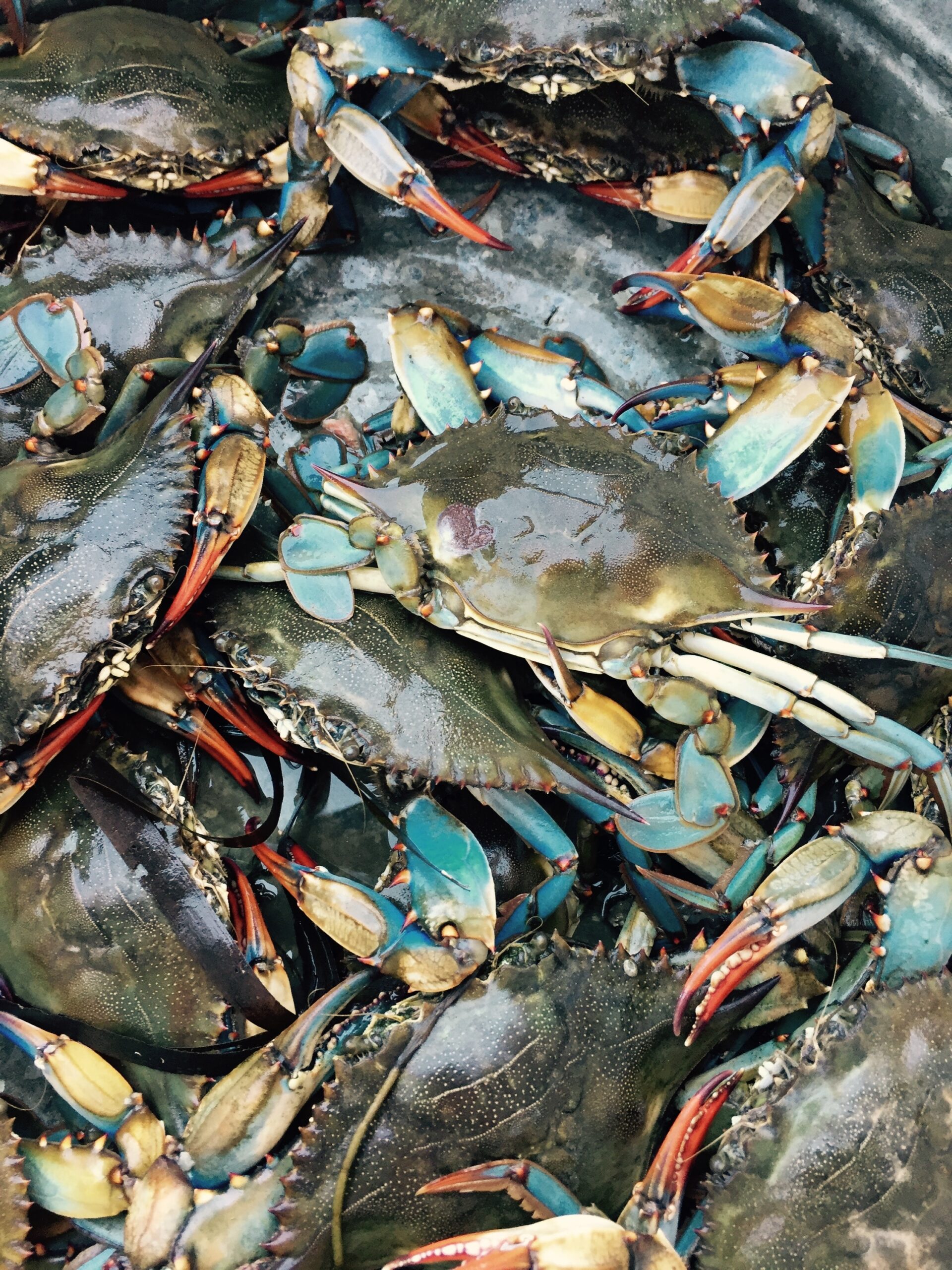Blue crabs have proliferated in the Mediterranean Sea, posing a severe threat to the ecosystem due to their rapid increase in numbers. Although these crabs originate from the western Atlantic, the sudden surge in their Mediterranean presence lacks a clear explanation, leaving open the possibility of climate change influence. The repercussions of their invasion are particularly pronounced in Italy, where the clam industry has suffered immense losses – approximately 90% of young clams have fallen victim to the crab’s voracious appetite, jeopardizing future production. To combat this, Italy has allocated 2.9 million euros ($3.2 million) toward extensive fishing campaigns targeting the invasive species.
While the blue crab’s appearance in the Mediterranean dates back to the late 1940s, its population explosion in recent years has inflicted escalating harm on the local fishing sector. Fishermen have noted a decline in fish abundance and quality when these crabs are present, as they tend to damage aquatic life. However, this situation also presents a unique opportunity for the fishing community, as blue crabs are considered a delectable seafood option. Their culinary appeal, widely recognized in the Maryland Chesapeake Bay region, has led to various preparations that showcase their flavorful meat.
The sudden increase in blue crab numbers in the Mediterranean Sea, originating from the western Atlantic, presents a serious ecological challenge due to their swift population expansion. While the precise reason for their abrupt appearance remains uncertain, Italy is dedicated to preserving the local ecosystem by collaborating with fishermen to manage and offer these delectable crabs to consumers.
The original article pre-edited is available at Reuters.com.



